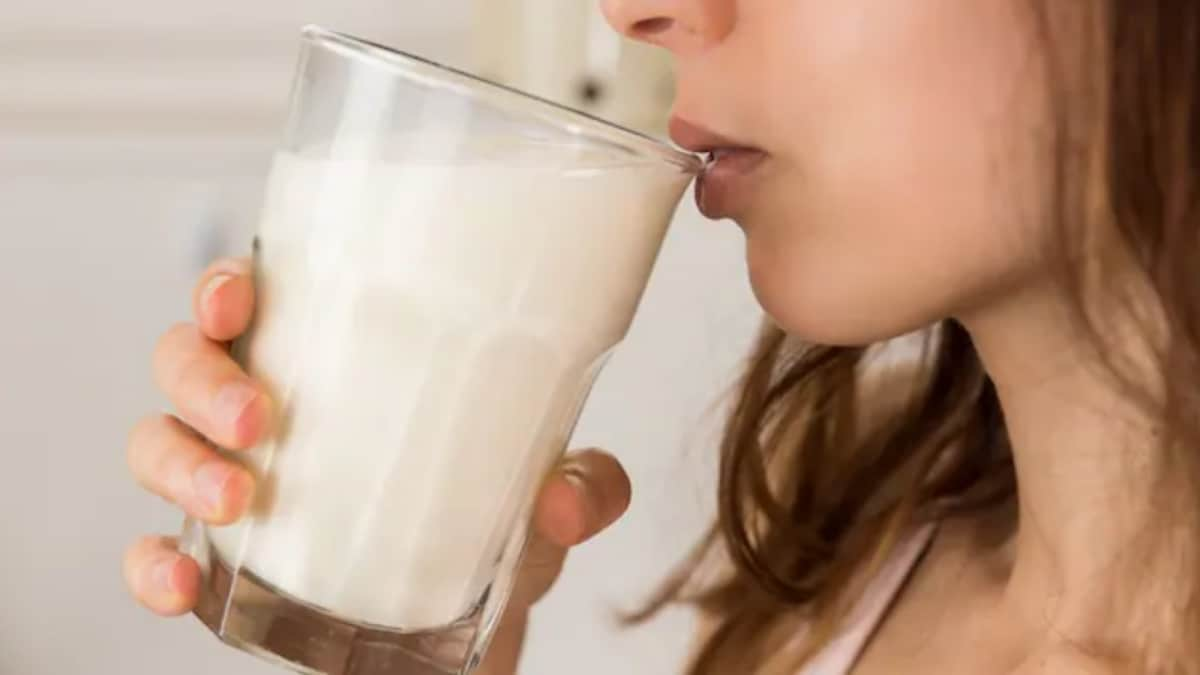Is Your Milk Habit Triggering Bloating & Breakouts? The Dairy-Skin Connection Explained

The Daily Dairy Dilemma: Could Milk Be the Culprit Behind Your Digestive Discomfort and Skin Troubles?
For years, dairy has been praised for its calcium and nutritional benefits. But what if your daily glass of milk is actually contributing to bloating, digestive issues, and frustrating skin breakouts? The connection between dairy consumption and these problems is increasingly recognized, and it's worth exploring if you're struggling with persistent discomfort or skin concerns.
Beyond the Gut: How Dairy Impacts Your Body
While many people tolerate dairy without issue, others experience a range of adverse reactions. The most common complaint is bloating and digestive discomfort, often linked to lactose intolerance – the inability to properly digest lactose, the sugar found in milk. However, the impact of dairy extends far beyond the gut.
The Skin-Dairy Link: Acne and More
Dermatologists are increasingly noting a connection between dairy intake and skin issues, particularly acne. It's not just whole milk; skimmed or low-fat milk appears to be a significant trigger for many. This is because these milk varieties often contain higher levels of hormones and growth factors, such as IGF-1 (insulin-like growth factor 1), which can stimulate oil production and inflammation in the skin, leading to breakouts.
Here's a breakdown of how dairy might be impacting your skin:
- Hormones & Growth Factors: As mentioned, IGF-1 can increase oil production and inflammation.
- Inflammation: Dairy can trigger an inflammatory response in some individuals, exacerbating existing skin conditions like eczema or rosacea.
- Casein Sensitivity: Casein is a protein found in milk. Some people are sensitive to casein, which can manifest as skin irritation and breakouts.
Should You Ditch Dairy? A Trial Period Can Reveal the Truth
Not everyone is sensitive to dairy. If you're experiencing persistent bloating, digestive problems, or skin concerns, a dairy elimination trial is often recommended by dermatologists and nutritionists. This involves completely removing all dairy products from your diet for 2-4 weeks and then gradually reintroducing them to observe any reactions.
Tips for a Dairy-Free Trial:
- Read Labels Carefully: Dairy can be hidden in unexpected places like bread, sauces, and processed foods.
- Explore Dairy Alternatives: There are numerous plant-based milk options available, such as almond milk, soy milk, oat milk, and coconut milk.
- Focus on Whole Foods: Prioritize nutrient-rich foods like fruits, vegetables, lean proteins, and healthy fats.
The Bottom Line
The relationship between dairy and health is complex and varies from person to person. While dairy can be a valuable source of nutrients for some, it can trigger digestive distress and skin problems for others. If you suspect dairy might be impacting your well-being, a dairy elimination trial can provide valuable insights and help you determine if reducing or eliminating dairy is right for you. Consult with a dermatologist or registered dietitian for personalized guidance.





